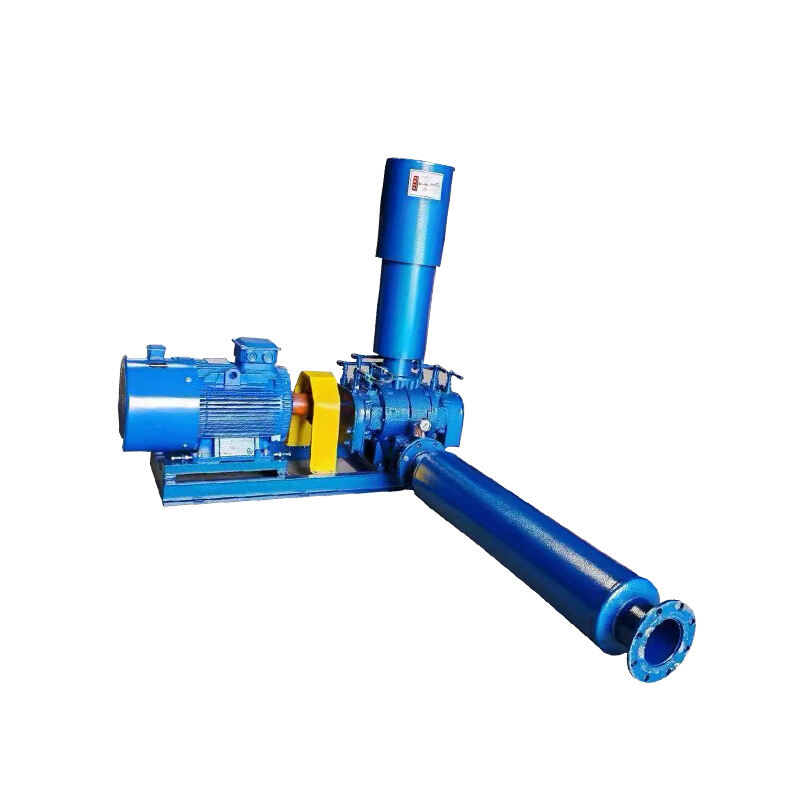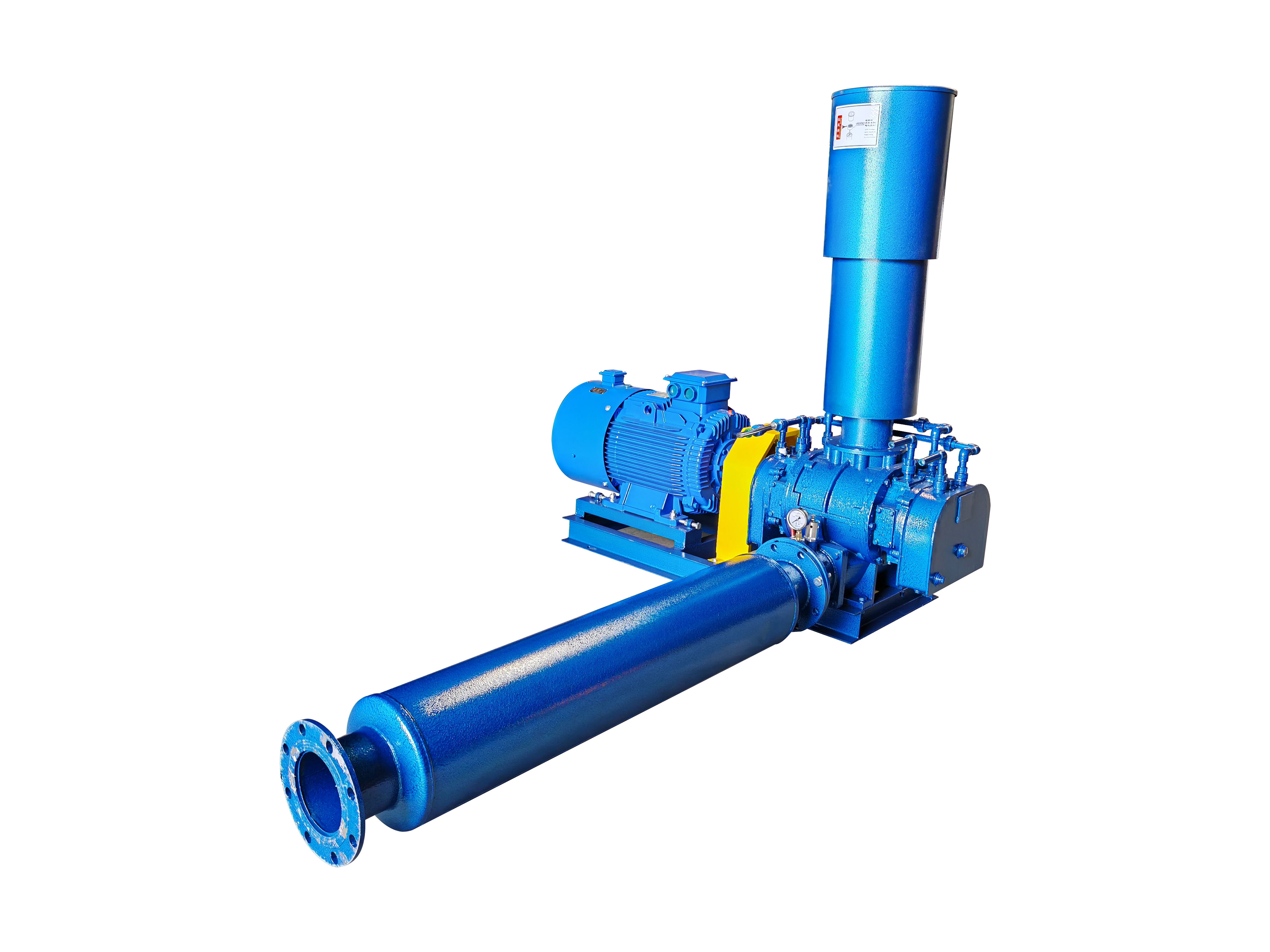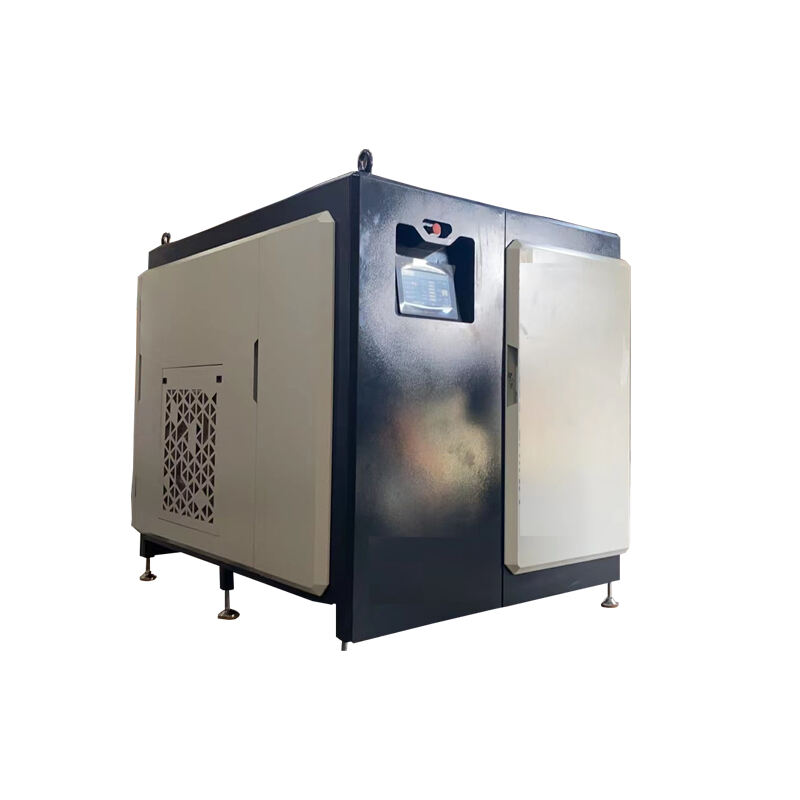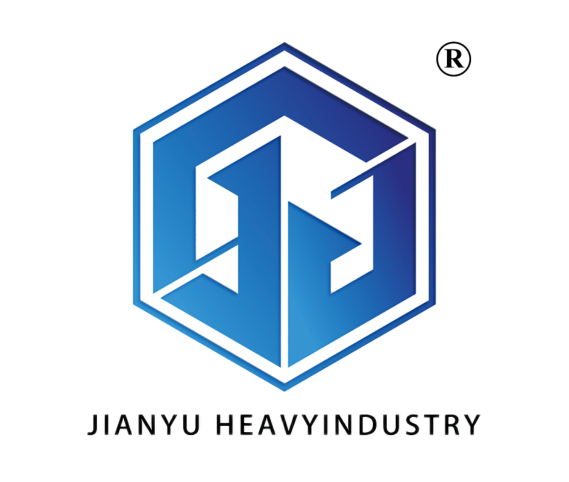centrifugal blower price
The centrifugal blower price represents a crucial consideration for industries seeking efficient air movement solutions. These mechanical devices, utilizing centrifugal force to move air and gases, come in various price ranges depending on their specifications, capacity, and manufacturing quality. The price spectrum typically ranges from $500 for basic industrial models to over $10,000 for high-capacity systems. Key factors influencing the price include the impeller design, motor power, airflow capacity, and construction materials. Modern centrifugal blowers incorporate advanced features such as variable frequency drives, energy-efficient motors, and smart monitoring systems, which can impact the final cost. The price also reflects the blower's ability to handle different operating conditions, including temperature variations, humidity levels, and particulate matter. Industrial applications often require customized solutions, which may command premium prices due to specialized engineering and materials. The investment in a quality centrifugal blower often pays off through reduced energy consumption, improved process efficiency, and lower maintenance costs over time.



